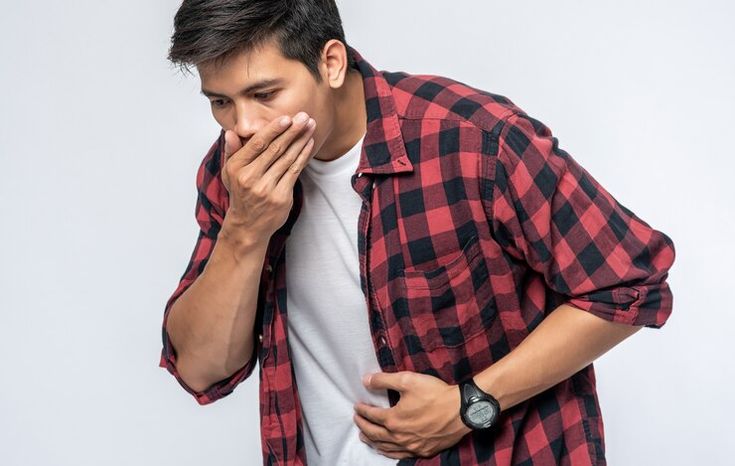Introduction
Balanitis is an inflammation of the head of the penis. It's a common condition that can affect males of all ages, though it's more frequent in uncircumcised males. Balanitis can be uncomfortable and sometimes painful, but it's usually not serious. In most cases, it can be effectively treated with good hygiene practices and over-the-counter medications.

Balanitis occurs when the sensitive skin under the foreskin becomes irritated and inflamed. This can be caused by a number of factors, including poor hygiene, infections, and skin conditions. Symptoms of balanitis can vary depending on the underlying cause, but may include redness, swelling, itching, pain, and discharge.
Causes of Balanitis
Balanitis can stem from a variety of factors, the most common being poor hygiene. The area under the foreskin can become a breeding ground for bacteria and fungi if not cleaned regularly. Other common causes include:
- Infections: Yeast infections, sexually transmitted infections (STIs), and bacterial infections can all cause balanitis.
- Skin conditions: Eczema, psoriasis, and allergic reactions to soaps, detergents, or condoms can also trigger balanitis.
- Diabetes: Men with diabetes are more susceptible to balanitis due to high blood sugar levels, which can contribute to fungal growth.
- Phimosis: This condition, characterized by a tight foreskin that's difficult to retract, can increase the risk of balanitis.
Symptoms of Balanitis
The symptoms of balanitis can range from mild to severe, and may include:
- Redness and swelling of the glans penis
- Itching and irritation
- Pain or tenderness
- Thick, white discharge
- Foul odor
- Difficulty retracting the foreskin
Treatment for Balanitis
Treatment for balanitis depends on the underlying cause. In many cases, simple hygiene measures, like gently washing the affected area with mild soap and water, can be effective. Other treatment options include:
- Antifungal creams: For yeast infections, over-the-counter antifungal creams can be used.
- Antibiotic creams or oral antibiotics: Bacterial infections may require antibiotic treatment.
- Steroid creams: In cases of severe inflammation, a doctor may prescribe a mild steroid cream.
- Circumcision: In chronic or recurrent cases, circumcision may be recommended.
Prevention of Balanitis
Preventing balanitis primarily involves maintaining good hygiene practices:
- Cleanse the area under the foreskin daily: Gently retract the foreskin and wash the area with mild soap and water.
- Dry the area thoroughly: Moisture can encourage bacterial and fungal growth.
- Avoid harsh soaps and detergents: These can irritate the sensitive skin of the penis.
- Use condoms during sexual intercourse: This can help prevent STIs that can lead to balanitis.
If you experience any symptoms of balanitis, it's essential to consult a doctor for proper diagnosis and treatment.

.jpg)